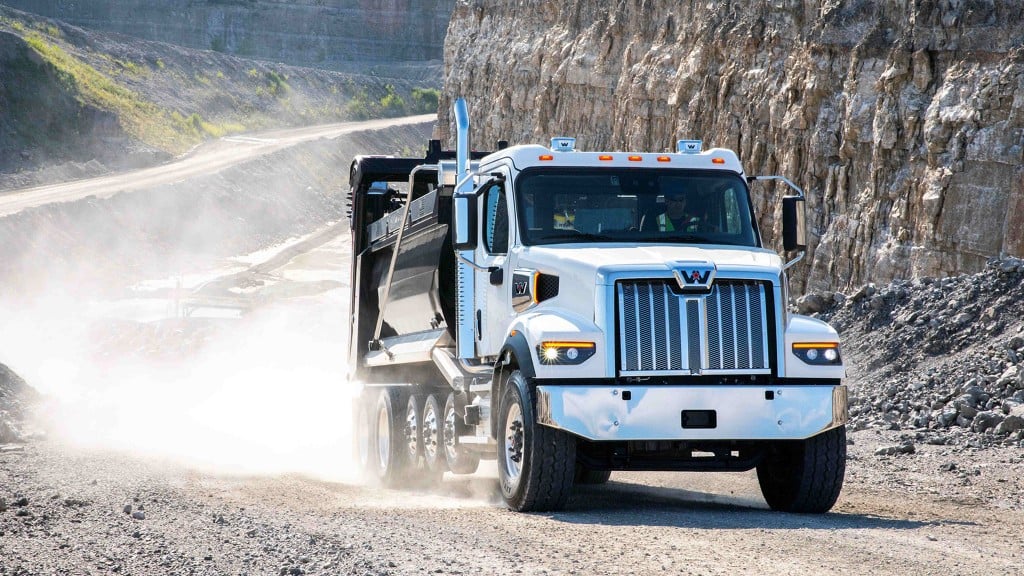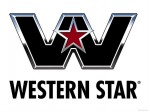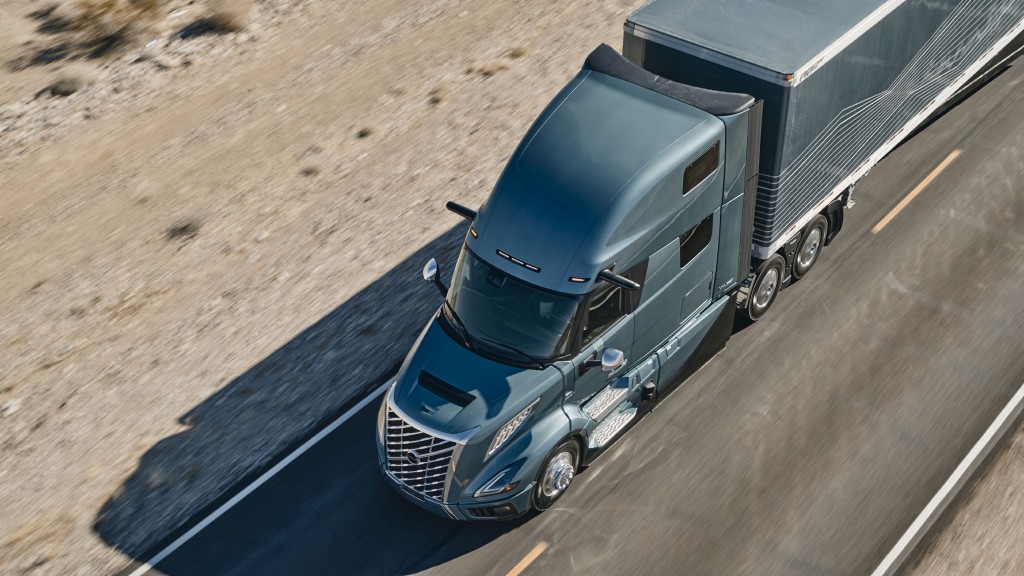Active safety tools help vocational truck drivers avoid potential accidents
Western Star makes Detroit Assurance safety suite standard on all drivetrains of its vocational trucks

More than any other type of truck, vocational trucks are at risk of accidents involving vehicles and pedestrians – on the road, around the job site, or at the terminal. Drivers must constantly watch for people, equipment, and other vehicles around them as they do their work.
Daimler Truck North America (DTNA), the parent company of Western Star, has developed the Detroit Assurance suite of active safety tools to promote more road and job site safety. Detroit Assurance was previously only available on Western Star trucks with Detroit Diesel powertrains, but is now standard on all X-Series vocational trucks.
Detroit Assurance helps drivers respond to potential accidents more quickly and, in some cases, provides direct action to mitigate or lessen the severity of collisions. Assurance includes features like Active Brake Assist (ABA5), Side Guard Assist (SGA), Lane Departure Warning, Intelligent High-Beam, and Automatic Wipers and Headlamps.
All X-Series trucks can also now be fitted with a factory-installed backup alert system.
Heavy Equipment Guide caught up to Aaron Scates, vice president, Vocational & Medium Duty Market Development with DTNA, to talk about Western Star's expanded safety options for vocational trucks.
"The operator is the person who creates the safety of a truck or job site, so we want systems that make that operator better at being safe," says Scates. "Safety is embedded everywhere in the design of the truck, and then we look at technologies that enhance the operator's ability to get their job done efficiently and safely."
Active safety systems improve driver hiring, retention, and focus
Owners of truck fleets of different sizes and makeups have different approaches to technology, especially when it comes to active safety systems. On-highway fleet owners have come to recognize the benefits of such systems over time, but vocational owners tend to be more conservative, Scates explains.
Larger fleets are frequently driven by corporate values to emphasize safe operation as much as possible. For them, the cost of active safety is often non-negotiable. The adoption rate among smaller fleets tends to be slower – they want to see the value before they spend money on technology.
Broader availability of technology on new trucks helps improve that uptake rate and can also improve driver hiring and retention, especially with the ongoing skills shortage.
Scates points out that driving a truck has always been a difficult job, but technology has consistently made it easier by allowing the driver to focus more on the road. For example, the shift from manual to automatic transmissions has made it easier for drivers with less experience, and newer safety tools will have the same effect.
"Drivers can focus on the road and their equipment, and they have a system there that helps them be better at what they do – it's not taking their place, but it's making them better," Scates says.
Detroit Assurance safety systems now available on all Western Star X-Series trucks
DTNA has previously offered Detroit Assurance on Detroit Diesel-powered Western Star trucks, and has now expanded that availability to units with third-party powertrains.
"Our customers know that if they have a mixed fleet of vehicles, they can get that feature with similar functionality – there will be no difference in terms of how they operate," Scates says.
A combination of radar and camera technology makes up the Active Brake Assist feature (ABA 5), which provides a series of supports to the driver in the case of a potential collision. It calculates the truck's speed and determines distance to obstacles such as pedestrians or vehicles, and if a collision is possible, begins to issue warnings in a four-stage process. A visual and audible alert is first, followed by a more insistent alert tone and partial automated braking. If there is no driver input, stage 3 initiates full braking along with alerts. Stage 4 is after the full braking event has completed, with the brakes held at a full stop.
Scates says ABA 5 is intended to provide safety as needed, without being too intrusive for drivers who may be uncomfortable with automation.
"Operators need to have control of the vehicle at all times, and unexpected intervention is something that some folks would say they don't want. We heard a similar sentiment a few years ago when we were going from manual transmissions to AMTs and automatics," he relates. "Once an operator experiences it and sees the value, there's a shift in mindset. I think the first time you have an active brake event that helps keep you out of trouble, it's like ‘oh my gosh, I really want that.'"
New factory-installed backup alert system
In addition to the expansion of Detroit Assurance, Western Star's X-Series trucks can now be fitted with a factory-installed backup alert system, adding a camera, reverse proximity sensor, and 7-inch touchscreen display. Cameras are used on most trucks today, and factory fit makes more sense for buyers than having an upfitter tear apart the dash, run wiring, and work other camera needs in around the body.
Two backup camera choices are available – an end-of-frame mounted camera, or a fully prepped camera with added harness length that will allow buyers or truck equipment manufacturers to relocate it based on body needs. All components will be provided from the factory.
The factory-installed backup alert system is just one more tool that empowers drivers to be safe and productive in X-Series trucks.
"When we designed the X-Series, comfort and operator productivity was a huge focus. It's about comfort, about visibility, about access to controls, the safety aspect – all those little things add to the operator being able to do better," Scates says.



